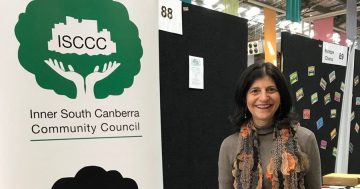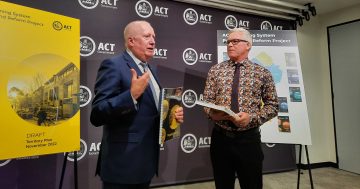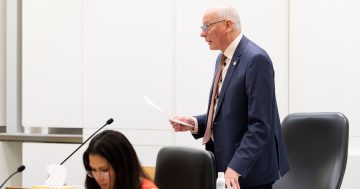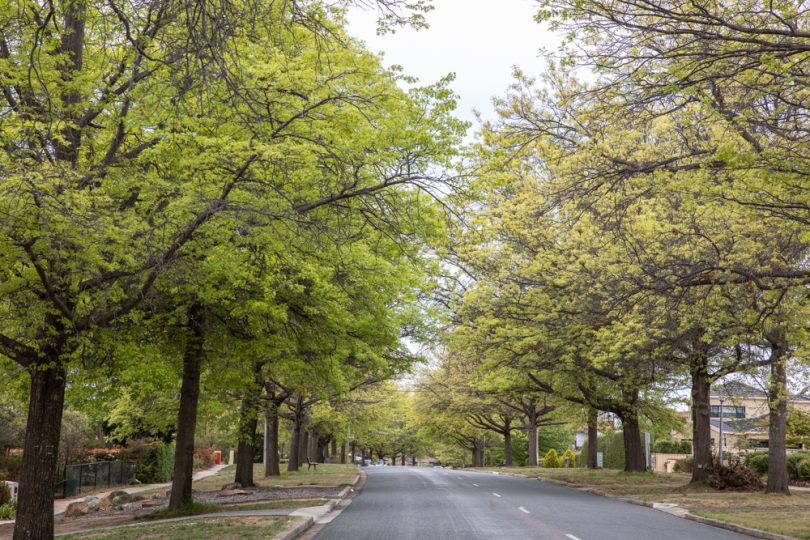
Oak trees in Griffith. Inner South residents value their streetscapes. Photo: Michelle Kroll, Region Media.
Streetscape and open spaces top the list of what Inner South residents value most, according to the preliminary results of an online survey being conducted by the local community council.
Inner South Canberra Community Council chair Marea Fatseas says the responses reveal what inner south residents value about where they live, and what they would like to change and to be protected, to make it a better place to live.
More than 300 residents responded in the survey’s first month and the council is keen to reach 1000 to provide it with a good evidence base for its advocacy to government.
Residents’ top three concerns are the maintenance of parks, street trees and verges; and planning, development and building issues; followed by rates and charges.
“Overwhelmingly, inner south residents want a say on building construction occurring next door or nearby,” Ms Fatseas said.
“They want a say on most aspects of development; in particular, on anything that will impact on their access to sunlight and natural light, on building height, on zoning changes leading to a change in building type or purpose, and on the amount of green space.”
Most residents still expected to live in a detached house in five to 10 years (57 per cent), with only small rises in those looking to live in a townhouse/duplex/terrace (3 per cent), dual occupancy (1.5 per cent) or an apartment (just under 1 per cent).
The percentage expecting to live in an aged care facility in five to 10 years jumps to 3.3 per cent from 0.66 per cent now.
The top three reasons given for changing the type of housing they will live in are quality (well built, solid), downsizing (due to children moving out and no longer needing as much space) and design (looks good, works well).
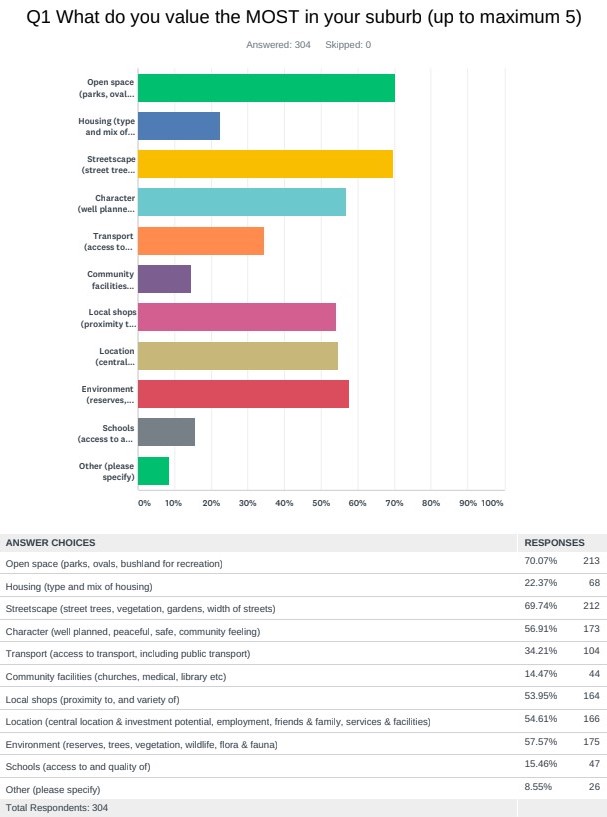
More than 300 residents responded in the survey’s first month but the council is keen to reach 1000.
More than 70 per cent of respondents use their private motor vehicle as their main form of transport, with only 9.2 per cent using the bus, about 8.9 per cent using a bicycle or other non-motorised vehicle, and over 7 per cent walking, running or jogging.
Equal numbers of residents are satisfied and dissatisfied (about 41 per cent each) with public transport.
Of the dissatisfied, about 42 per cent consider their public transport needs could be met in future by expanding the bus network, 18 per cent by the light rail Stage 2 link between Civic and Woden, and 34 per cent by the combination of bus and light rail.
For those travelling by bus, only about 8 per cent have reduced their travel time since the new bus network was introduced in April 2019, with 32 per cent saying it hasn’t changed, and 20 per cent indicating it has increased.
Nearly a third (30 per cent) say that they no longer take the bus since the introduction of the new network, and only 4 per cent have started using the bus since the changes.
Ms Fatseas said the council would like to hear from more younger residents with most respondents to date being aged 45 and older.
The 45 to 64 age group (40 per cent) was the biggest, followed by 65 years and over (35 per cent) and 25 to 44 year age group (24 per cent).
The under-24 age group provided only about 1 per cent of the survey responses.
Complete the survey at https://surveymonkey.com/r/ISCCC2019.











